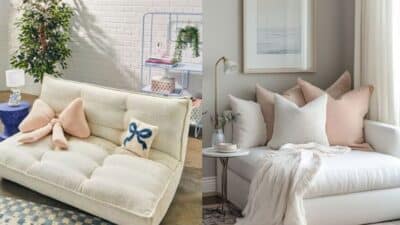Many people have old furniture sitting unused, but those vintage pieces don’t have to stay forgotten. Repurposing old furniture means giving it a new purpose or look, making it useful and stylish again. It’s a way to save money, reduce waste, and add unique charm to any space.
He or she can reupholster chairs, repaint dressers, or even turn an old ladder into shelves. These simple changes can transform old furniture from worn-out to eye-catching without needing to buy new items.
Repurposing also lets people put their personal touch on their home. By bringing new life to vintage pieces, they keep history alive while creating something fresh and special.
Creative Ways to Repurpose Old Furniture
Old furniture can be turned into something both useful and eye-catching. By changing its purpose or appearance, people can add style and function to their living space without buying new items.
Transforming Dressers Into Unique Storage Solutions


Dressers don’t have to stay in the bedroom. They work great as storage for many places. For example, turning a dresser into a kitchen island adds extra drawers for utensils and pots. Removing some drawers can create open shelves for cookbooks or baskets.
Painting or staining the dresser gives it a fresh look. Adding new handles or knobs can make it feel modern or vintage. Some people cut down the height of a tall dresser to make it easier to use in other rooms.
This kind of upcycling saves money and reduces waste. It gives the furniture a new purpose while keeping its original charm.
Upcycling Chairs for Modern Home Décor

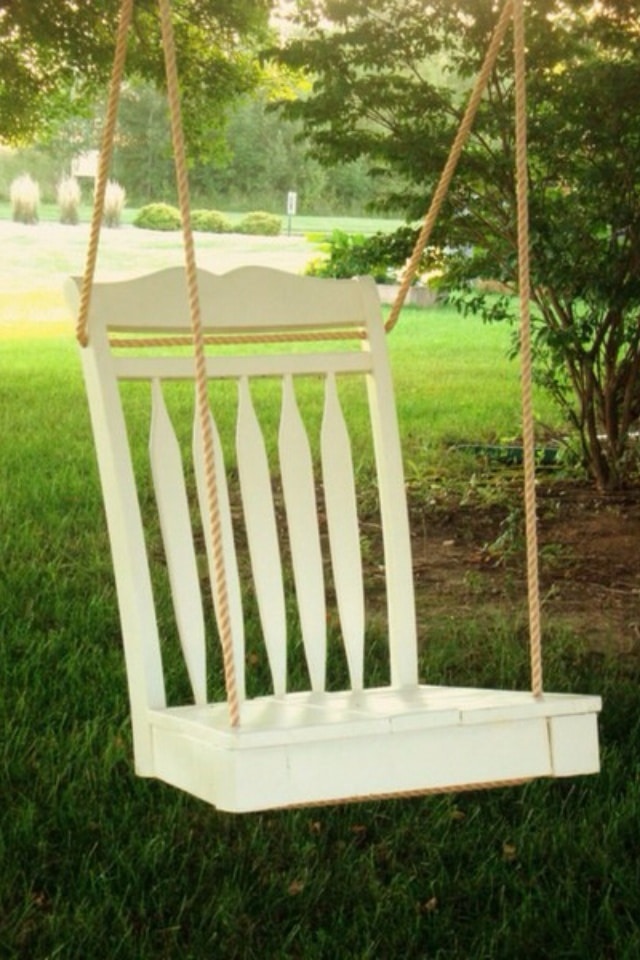
Old chairs can be revived by changing their fabric or finish. Reupholstering with bright or patterned cloth makes them stand out. If the wooden parts are scratched or dull, sanding and painting them brings new life.
Some chairs become plant stands or bedside tables by adding a small shelf under the seat. Swapping seat cushions with soft pillows also adds comfort.
Updating chairs often requires basic tools and some creativity. It’s an easy way to add personality to any room.
Turning Tables Into Functional Statement Pieces
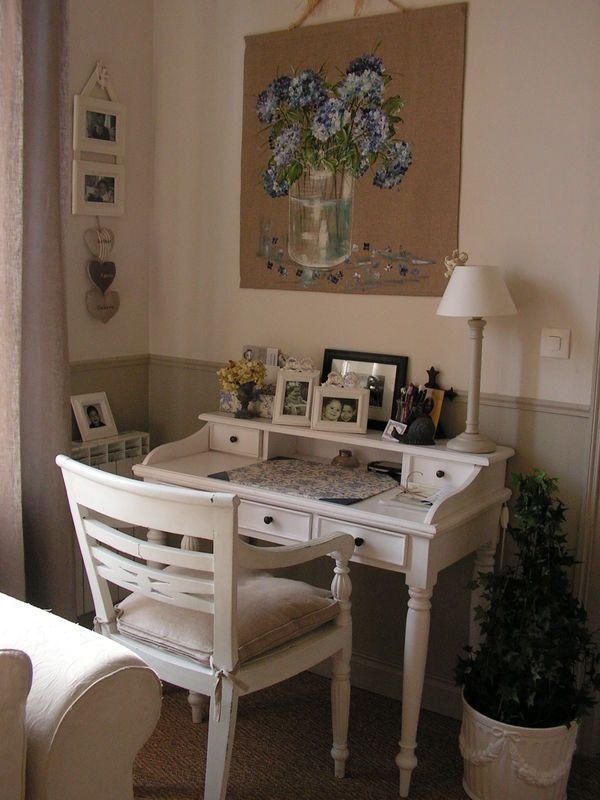
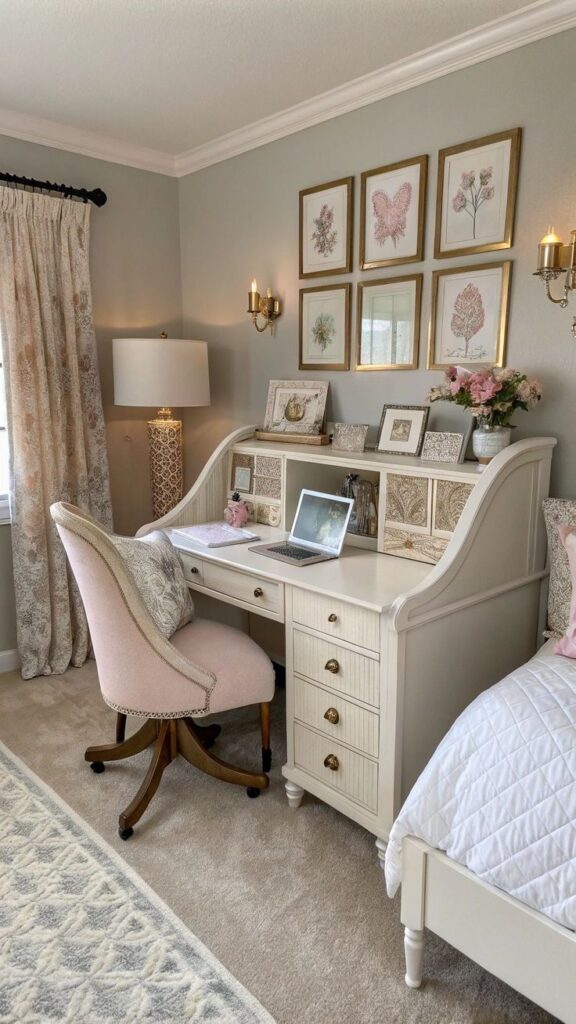
Tables can become unique centerpieces when repurposed. For instance, turning a vintage table into a desk by adding cable holes helps organize workspace wires. A round table might be cut down to create a coffee table or a kid’s play table.
Painting tables in bold colors or using chalk paint gives them a fresh, trendy look. People sometimes add glass tops to protect the surface while showing off the original wood.
Adding wheels to a table makes it portable and useful for different spaces. Repurposed tables combine style with function in simple, creative ways.
Sustainable Tips for Restoring Vintage Items
Restoring vintage furniture takes careful choices to keep the planet healthy. This means picking materials wisely, using gentle methods to hold onto the piece’s charm, and finishing with safe products that avoid harmful chemicals.
Selecting Environmentally Friendly Materials
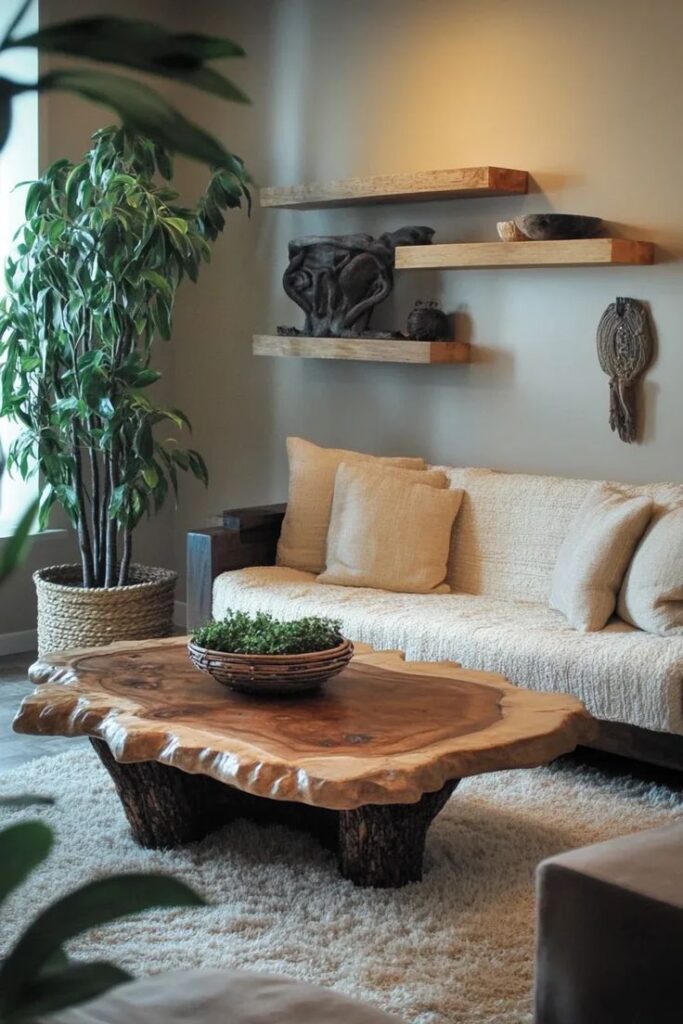

Choosing recycled or eco-friendly materials helps lower waste and pollution. For example, replacing old fabric with organic cotton or linen keeps the item natural and safer for the environment.
Many people use water-based glues and sealants, which release fewer toxins than traditional options. When new parts are needed, using reclaimed wood or metal is best. This reduces demand for new resources and supports sustainable restoration.
It’s smart to avoid materials that include plastics or synthetic chemicals because they often take a long time to break down and can harm ecosystems.
Preserving Original Character With Gentle Techniques
Gentle cleaning and repair keep the vintage look while stopping damage. For example, low-grit sanding removes dirt or old finishes without removing too much wood.
Using natural oils and waxes nourishes the wood’s surface and keeps it from drying out. These products also highlight the furniture’s grain and age marks, which many people find beautiful.
Avoid harsh stripping or aggressive sanding, as this can erase the unique patina and details that make vintage furniture special.
Safe Finishing and Painting Methods


Water-based paints and finishes are better for health and the environment. They emit fewer fumes and dry quicker, making them safer to use indoors.
Matte or satin finishes often work well because they hide small flaws without needing thick layers of paint. When repainting, a fresh coat rather than heavy sanding keeps the structure intact.
It is also helpful to choose no-VOC (volatile organic compounds) products. These reduce indoor air pollution and make the piece safer, especially in homes with children or pets.
- 0shares
- Facebook0
- Pinterest0
- Twitter0
